Honda’s CRF450 chassis’ have been polarizing to us and others over the last ~7-8 years. At times, it can be the best bike we’ve ever thrown our leg over and it makes you feel like a hero. At other times, it can be unsettling and rack your confidence with each and every bump. The latest generation, starting in 2021 and even more so in 2023, have been better at being more level headed and consistent in performance and feel. Even then, it still has its days and tracks where we’re looking for added comfort and compliance out of the red machine.
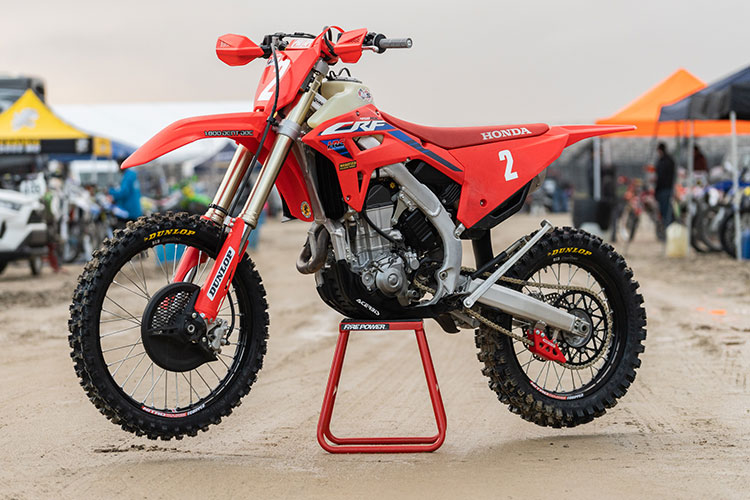
In talking with some of the Honda off-road race teams (and Keefer Inc did a nice article on this as well), there’s a lot of room for improvement that you can make for free (that is if you already own a torque wrench). Below are some optional torque specs that you can try and see for yourself as they do change the feel and handling quite a bit.
To start, we tested this on a Thursday at Glen Helen and started from the back and worked our way forward. We started at the rear axle nut and worked through the swingarm nut, shock nut, head stay bolts, front hanger bolts, and finally the triple clamp bolts. We did each of these one at a time to isolate the changes and while we liked most of them, we did revert back to stock on a few.
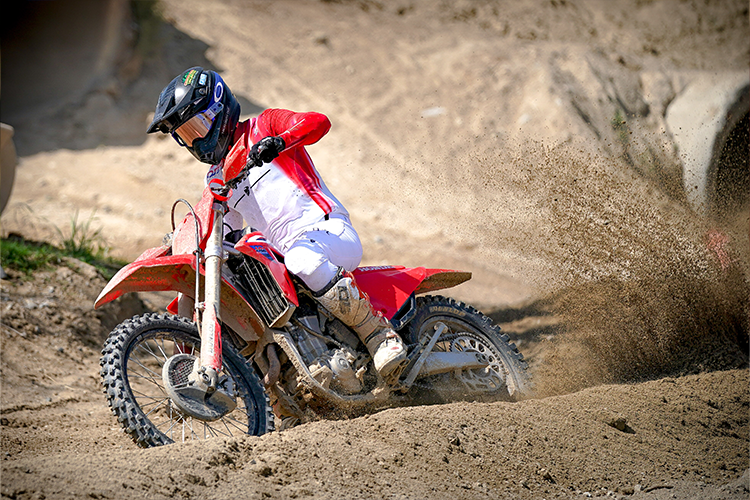
This is listed in order of how much we liked (or disliked) the change. Green means we kept it, yellow means very little difference felt, and red means we reverted back to stock.
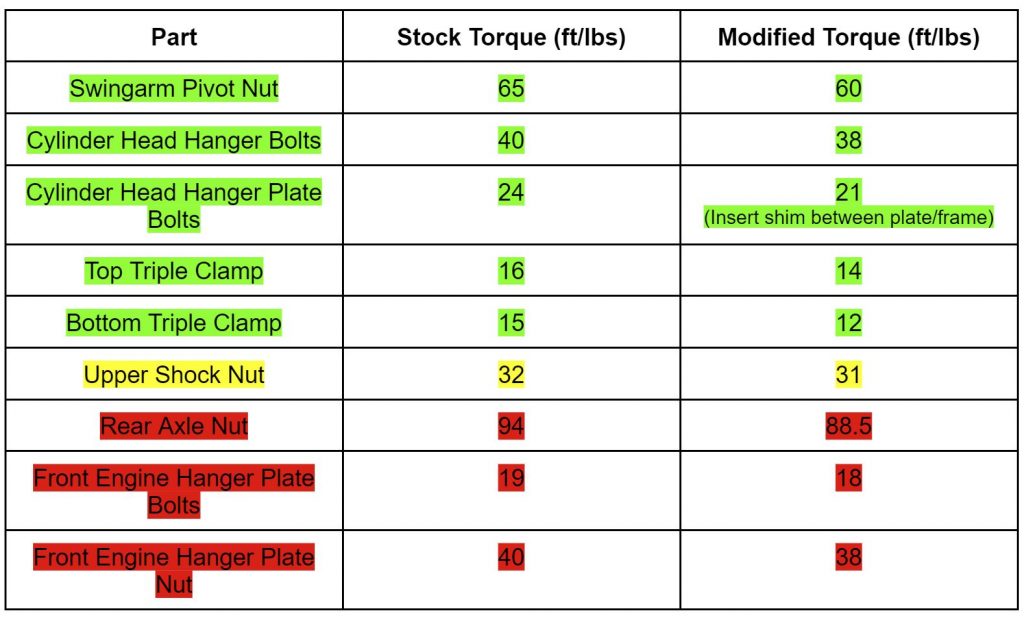
We made these changes after already modifying our suspension with TCS Powersports. But, they will have the same effect with any suspension and depending on what you’re feeling will determine whether the change is better or worse.
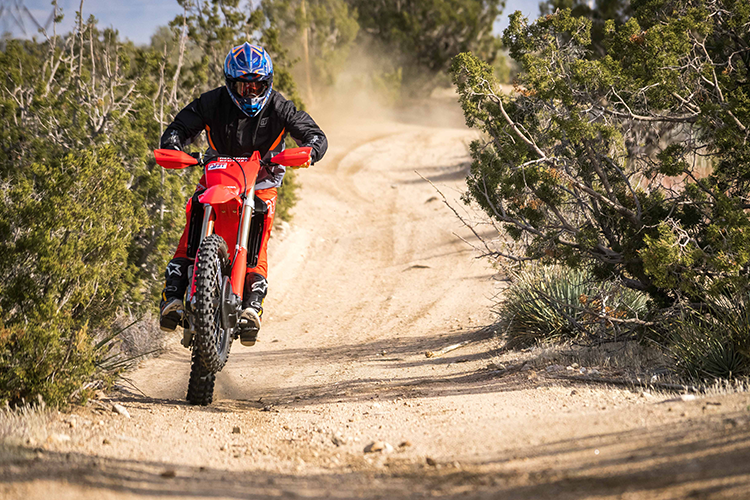
To start, the biggest and most positive change was felt through the Swingarm Pivot. We originally thought our shock was too stiff, but after loosening the swingarm pivot torque, it felt almost too soft. It free’d the rear end up tremendously and allowed more movement whereas we felt before the rear of the bike would get hung up and struggle on acceleration chop and decel.
Next up, the Cylinder Head Hanger Plate Nuts/Bolts had a huge effect on the handling and mostly positive. In general, it gave the chassis much more compliance and felt smoother through harsh chatter and square edge bumps. We also felt better front end bite though corners with this spec. One effect we didn’t necessarily prefer was the front end felt like it rode lower in the stroke and would dive more under braking. We stiffened the forks up a couple clicks to combat this. We even went a step further here and shimmed the gap between the hanger plate and the frame using suspension shims. The right (throttle) side in particular has a very large gap and we were able to stick 2-3 shims in each bolt. This again added a little more compliance and comfort feel in the 450RX chassis.
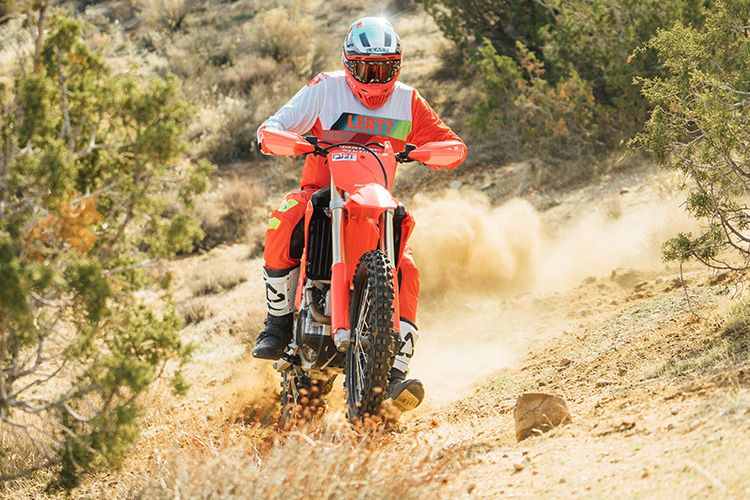
Lowering the torque on the Triple Clamp bolts was another positive and it took away a touch of harshness felt through the front end.
With the Upper Shock Nut, we felt a very minimal change and didn’t care for it either way. We could leave it at 32 ft/lbs or 31 ft/lbs and both felt fine.
The Rear Axle Nut wasn’t actually preferred – it made the rear end feel slightly too loose and wallowy under acceleration and ended up reverting back to stock.
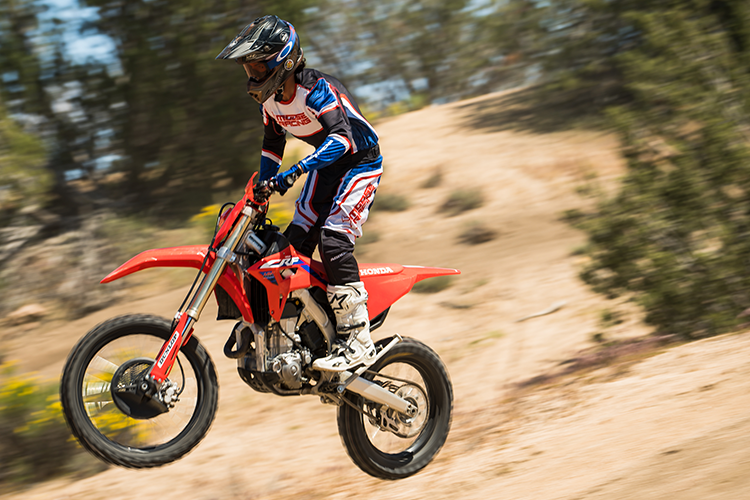
The Front Engine Hanger torque specs were really disliked on this bike. While it did help with a little extra compliance, it made the front end feel vague and less planted through corners – something we would’ve thought would help this bike but we actually liked it back at stock.
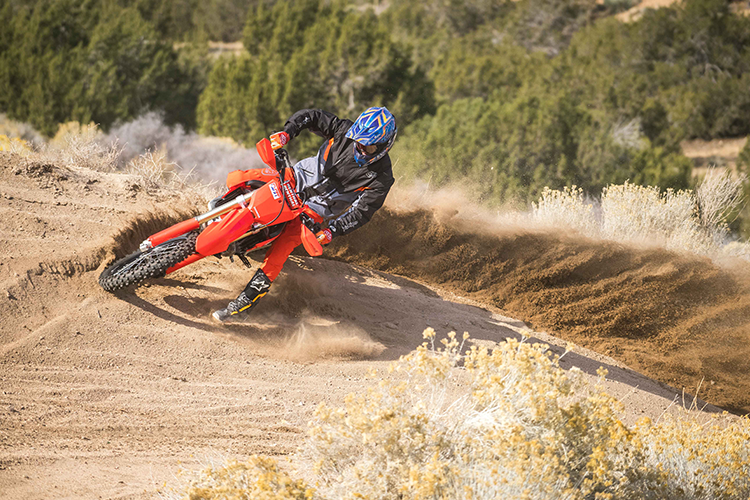
Overall, this brought a lot of comfort out of the Honda CRF450RX chassis and made a positive change. On a new set of suspension that we originally thought might be too stiff ended up being too soft after these changes were made and the minute differences show just how important a torque wrench is when working on your bike.

